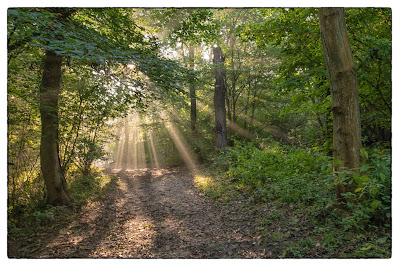Captain's Wood

Captain's Wood Captain's Wood is an ancient woodland full of rare plants and a mixture of natural habitats for a wide range of wildlife. Fallow deer wander here freely among the oaks, birch and sweet chestnut trees. Nuts hidden by a squirrel, ready for winter Woodlouse hiding in a Sweet chestnut shell In spring there is a mass of bluebells to be found and a variety of fungi throughout the year. Fly agaric Common Puffball Dragonflies and Damselflies can be found around the pond in summer Return to Index







